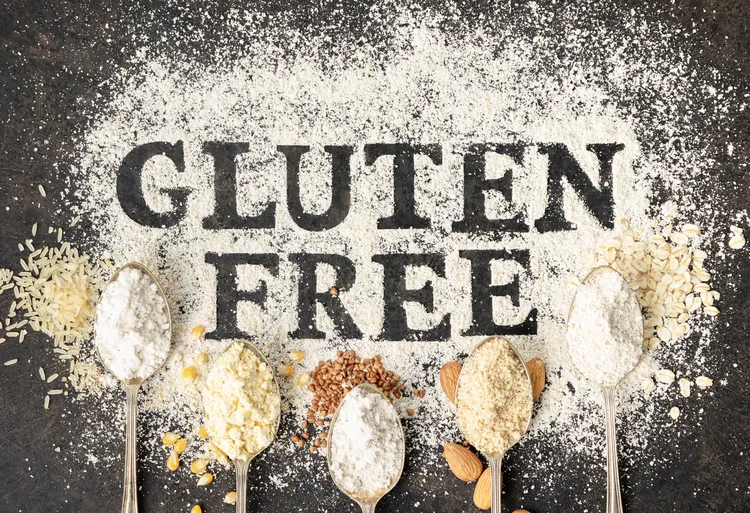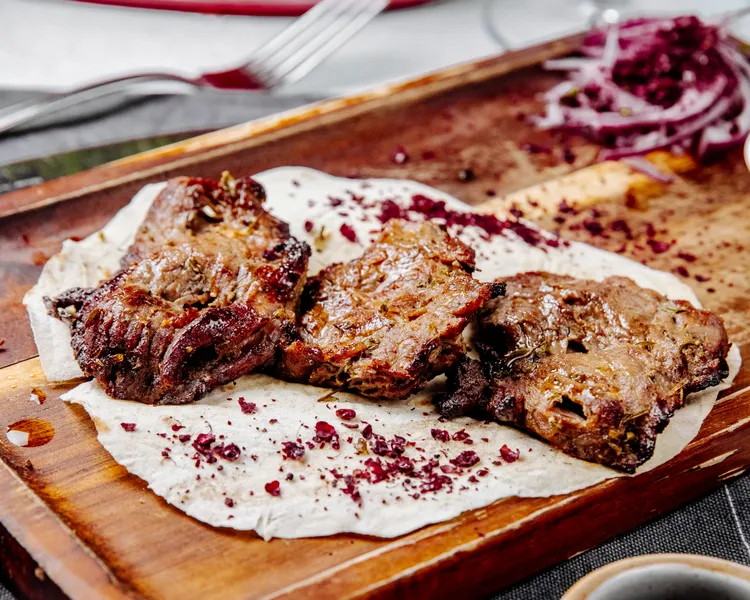The Ultimate Guide to the Gluten-Free Diet: What You Need to Know
In recent years, the gluten-free diet has moved from the fringes of medical necessity into the mainstream of health and wellness trends. Whether you're someone diagnosed with celiac disease, dealing with gluten sensitivity, or simply curious about cutting gluten for potential health benefits, this guide will help you understand what going gluten-free really means, how it affects your body, and how to do it safely and effectively.

What Is Gluten?
Gluten is a group of proteins found in wheat and related grains like barley, rye, and triticale (a wheat-rye hybrid). It gives bread its chewy texture and helps baked goods rise. While harmless for most people, gluten can cause serious health issues for others.
Who Needs a Gluten-Free Diet?
1. Celiac Disease
Celiac disease is an autoimmune disorder where ingesting gluten damages the small intestine. Even trace amounts of gluten can trigger symptoms like:
Abdominal pain
Bloating
Diarrhea or constipation
Fatigue
Skin rashes (dermatitis herpetiformis)
Nutrient deficiencies
Long-term exposure to gluten can lead to severe complications, including malnutrition, osteoporosis, infertility, and increased cancer risk.
2. Non-Celiac Gluten Sensitivity (NCGS)
Some people experience symptoms similar to celiac disease without testing positive for it. This is known as non-celiac gluten sensitivity. Symptoms may include:
Brain fog
Joint pain
Fatigue
Headaches
Digestive discomfort
Though not as severe as celiac disease, NCGS can significantly impact quality of life.
3. Wheat Allergy
Wheat allergy is a true allergy to proteins found in wheat (including but not limited to gluten). It can cause symptoms like hives, breathing difficulties, or even anaphylaxis.
Why Some People Choose Gluten-Free (Even Without an Allergy)
The popularity of the gluten-free diet has grown beyond medical necessity. Many people adopt it for perceived health benefits such as:
Reduced bloating
Better digestion
Increased energy
Weight loss
Improved skin health
However, these claims are anecdotal and not strongly supported by research. It's crucial to make informed decisions and not remove entire food groups without understanding the consequences.
Foods to Avoid on a Gluten-Free Diet
Here's a list of common gluten-containing foods:
Wheat-based products: Bread, pasta, cereal, crackers, pastries
Barley: Malt (used in beer, malt vinegar, cereals)
Rye: Rye bread, rye beer, some cereals
Triticale: Often found in cereals and baked goods
Hidden sources of gluten:
Sauces (e.g., soy sauce, gravies)
Processed meats
Soups and broths
Salad dressings
Beer and certain alcohols
Some medications and supplements
Always check ingredient labels carefully and look for "gluten-free" certification when in doubt.
Gluten-Free Alternatives
Thankfully, there are many naturally gluten-free and alternative products available. These include:
Naturally Gluten-Free Grains:
Rice
Quinoa
Millet
Buckwheat
Amaranth
Corn
Teff
Gluten-Free Flours:
Almond flour
Coconut flour
Rice flour
Tapioca flour
Chickpea flour
Sorghum flour
Other Foods:
Fresh fruits and vegetables
Meat, poultry, fish (unprocessed)
Eggs
Dairy (most types)
Legumes
Nuts and seeds
How to Start a Gluten-Free Diet
1. Consult a Healthcare Professional
Before starting, consult a doctor or dietitian, especially if you suspect gluten intolerance. It’s important to get tested before eliminating gluten to avoid skewed results.
2. Clean Out Your Pantry
Get rid of or donate gluten-containing foods. Watch for cross-contamination risks.
3. Read Labels Religiously
Even a crumb of gluten can trigger symptoms in sensitive individuals. Look for certifications and avoid ambiguous ingredients like “natural flavors” or “modified food starch” unless verified.
4. Cook at Home
Cooking your own meals gives you full control over ingredients and minimizes contamination risk.
5. Try Gluten-Free Recipes
Explore the growing world of gluten-free cooking and baking. Gluten-free doesn't mean boring - think almond flour brownies, quinoa salads, or coconut flour pancakes.
Nutritional Considerations and Pitfalls
Going gluten-free doesn't automatically mean a healthier diet. In fact, many processed gluten-free products are high in sugar, fat, and additives and may lack fiber and key nutrients such as:
Iron
Calcium
Vitamin D
B Vitamins (especially folate and B12)
Fiber
To stay healthy on a gluten-free diet:
Eat whole, minimally processed foods
Choose fortified gluten-free products
Supplement if necessary (under professional guidance)
Eating Out Gluten-Free
Dining out can be tricky, but it's manageable with planning:
Research gluten-free friendly restaurants
Call ahead and ask about gluten-free options and preparation methods
Be polite but firm about your needs to avoid cross-contamination
Is Gluten-Free a Weight Loss Diet?
Not necessarily. Many assume that ditching gluten means ditching calories, carbs, or processed food - but that’s not always the case. Gluten-free doesn’t equal low-carb or low-calorie. In fact, some gluten-free foods may have more sugar or fat added for flavor and texture.
That said, if going gluten-free leads to eating fewer processed carbs and more whole foods, it may support weight loss indirectly.
Common Myths About Gluten-Free Diets
Myth 1: Gluten is bad for everyone
Fact: Most people can eat gluten without issue.
Myth 2: Gluten-free means healthy
Fact: Gluten-free products can be just as processed and unhealthy as regular ones.
Myth 3: You can’t get enough nutrients without wheat
Fact: With smart planning, a gluten-free diet can be nutritionally complete.
The gluten-free diet can be life-changing for those with celiac disease, wheat allergy, or gluten sensitivity. But it’s not a one-size-fits-all miracle solution for everyone. Whether you're medically required to go gluten-free or simply exploring dietary changes, it's vital to educate yourself, plan carefully, and aim for a balanced and varied diet.
As with any dietary shift, listening to your body and consulting a qualified nutrition professional is key to success.









